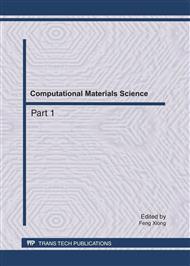p.1759
p.1763
p.1768
p.1773
p.1780
p.1786
p.1792
p.1797
p.1802
Prediction of Weighting Stock Index in Taiwan by Fractal Interpolation
Abstract:
In the current, there are less fractal researches for the financial market prediction. In this research, we try to find the rule in the random. After found out the rule by the fractal, we can use the rule to analysis and forecast. We used fractals theory to analysis the feasibility and the accuracy for prediction of weighting stock index in Taiwan. The analysis methods are two parts in the stock market. One is Fundamental Analysis. The analysis is performed on historical and present data, but the goal to make financial projections. The analysis is performed on historical and present data, but the goal to make financial projections. We forecast the weighting stock index is 9057.42 in Taiwan on 2008/04/29, and the actual stock weighting stock index is 8891.74. The error value is 0.0186. It represents the fractal theory to apply to the financial stock market prediction is feasible.
Info:
Periodical:
Pages:
1780-1785
Citation:
Online since:
July 2011
Authors:
Price:
Сopyright:
© 2011 Trans Tech Publications Ltd. All Rights Reserved
Share:
Citation:


